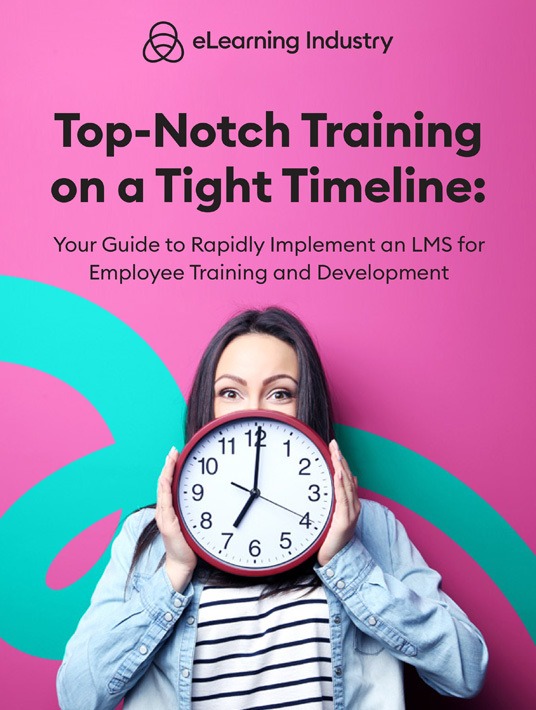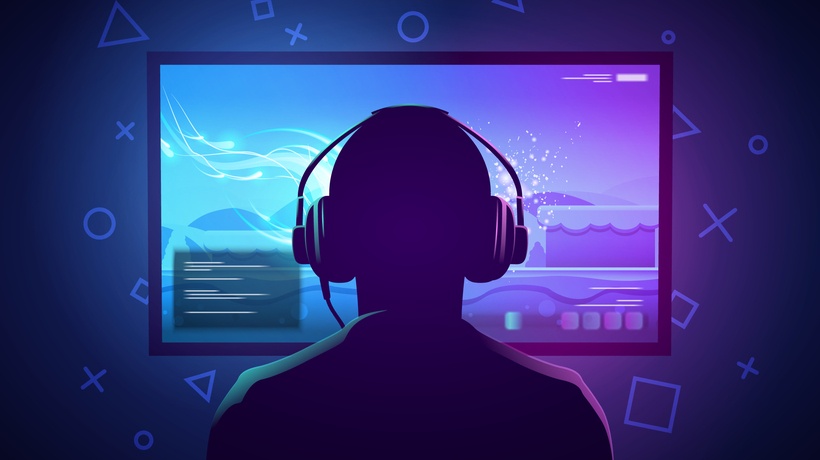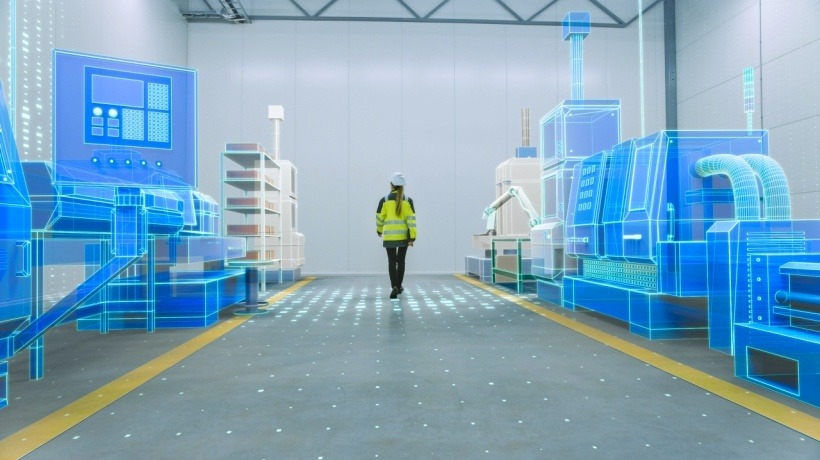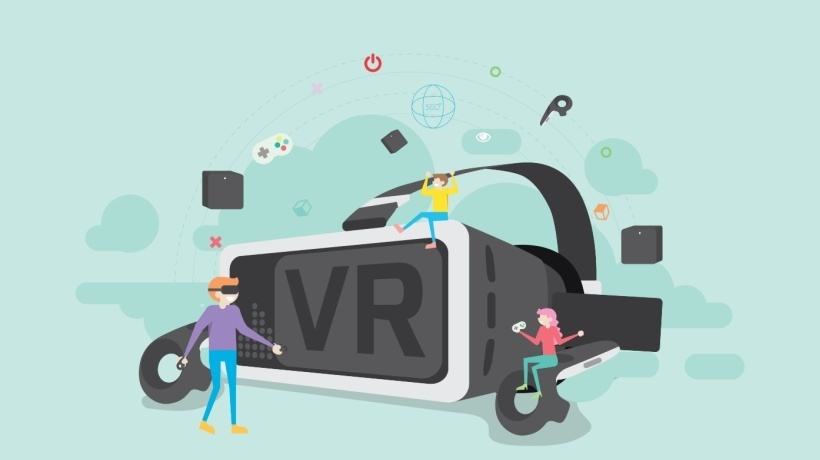5 Tips To Incorporate Gamification Into Your Employee Training LMS
Work and play rarely go together outside of idioms and nursery rhymes. Despite the adage, we receive the implicit message that (video) games are for “overgrown children.” This is despite tons of adults playing these games, some professionally. Either way, inviting gamification into your L&D strategy isn’t just about joysticks. Workforce development is more driven by badges, icons, leaderboards, and colorful quizzes that improve employees. Let’s explore a few implementation tactics for employee training and development.

1. Find Out What Motivates Your Employees
You want staff to be interested and involved in their training. So, it helps to verify the type of rewards they’d enjoy, both online and off. Are they drawn to skills-based badges or tiered icons? Would they prefer points redeemable in physical products, or would they rather swap them for days off? Maybe they’d rather gather points toward rotational use of premium parking slots. They might even opt for one-on-one lunches with the boss or networking events with upper management. Use polls and anonymous surveys to see what options are popular. Apply this data in designing the right game mechanics and tabulating your rewards system. You should also consider their personality traits and preferences when choosing mechanics. For instance, some introverted employees may not appreciate an LMS leaderboard that forces peer-based competition.
2. Align Rewards With Business Outcomes/Objectives
In certain situations, scoring is easy; e.g., the highest number of sales, or the best attendance record. But you can get more mileage out of training if the metrics are more closely tied to business targets. Soft skills make a good basis. Say you’re aiming to develop more empathic listeners. After training, use an “exit poll” to gauge satisfaction levels. Any time a customer deals with a trained staff member, have the customer gauge listening skills. They can state, on a scale of one to five, whether they felt understood and valued after the call. They’ll rate how well they think their server assessed their issue, and whether it was resolved. This is all driven by your staff’s ability to comprehend and attend to customer problems.
3. Make Your Employee Training Live Events Interactive
In most situations, teleconferencing is used to hold meetings and attend webinars. It’s generally a passive tool. Trainees might occasionally ask questions, but mostly they sit back and take it in. And if you think it’s hard getting people involved during a face-to-face brainstorm, try having one via webcam! To get the most from this setup, make it an interaction among equals rather than a lecture. Have all attendees play an active role. If it’s more collaborative, like an online group game, then trainees have to get involved. For example, give them a joint quest they have to solve together. You can also use a web conferencing tool that has detailed stats. It can break down their participation levels by percentage, and award them points accordingly. If they know this in advance, they’ll make a more conscious effort to be active.
4. Insert Some Playfulness Through Quizzes
Very few of us can resist those quirky quizzes, so make them part of your training strategy. Instead of gauging trainees’ age by their favorite cheese, you could develop their observation skills. For example, show them a brief video clip featuring a sales employee pitching the product. Then ask them a series of questions that tie into a scenario, such as what the employees did right/wrong and which product they think is more suitable for the consumer. Or give them voluntary pop-up quizzes for extra points. These little exercises could incorporate brand trivia or fun facts related to your industry. Keep them light and entertaining but mix in some serious content to ensure they’re actually learning.
5. Pair Badges With Development Milestones
Earning a certificate, completing a challenging course, or significantly improving task performance are all training milestones to celebrate. Give your employees a badge when they achieve a major goal to recognize their hard work. Customize it for added impact or allow them to personalize the design based on their interests. Another badge feature to look for in your new employee training LMS is shareability. Can your employees post it on their Facebook page to show off their accomplishments and receive peer praise?
Bonus Tip: Use Sound For Emotional Connection In Employee Training
Any form of digital interaction works better if it can get consumers invested. And just like movies and video games, sound plays a big part in that. If you don’t believe this, look for any clip or trailer online. Get something comedic and horror, for comparison. Watch them with the sound off. See if it’s as funny without canned laughter, or as scary minus the creepy audio cues. Now review all your gamification portions to see how sound can enhance their emotional effect. This is much easier to do if your LMS has a sound-editing booth. If it doesn’t, consider investing in an affordable soundboard that’s compatible with your training software.
Conclusion
Gamification can be a useful training tool at all stages of the employment journey. But you have to do it the right way; otherwise, it’ll be dismissed as childish. Ask your employees what metrics and mechanics will best keep them motivated. Tie your rewards to training objectives, nudge your trainees to interact more during video calls. Trivia tests and quirky quizzes are a fun way to learn while earning points. Reward notable development milestones with personalized badges they can share online. And don’t forget to maximize emotive sound and multimedia tools.
You don’t want to invest in an LMS only to discover that your tool of choice lacks gamification features. Research the platforms on your shortlist to see if they support badges, points, and leaderboards. Our online directory can help you choose the best employee training and development software for your organization.
Download our eBook Top-Notch Training On A Tight Timeline: Your Guide To Rapidly Implement An LMS For Employee Training And Development to expedite the implementation process and target individual performance issues with the right tools!









